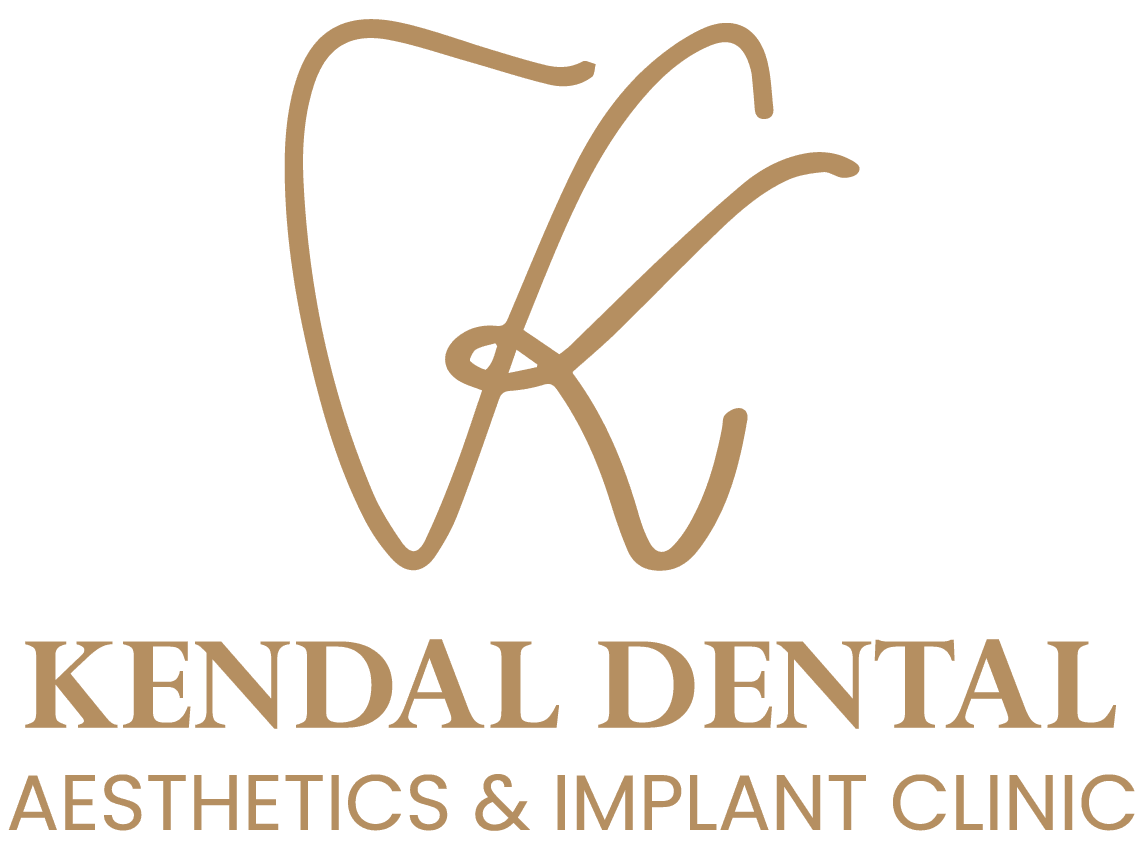Whitening strips are a popular and affordable way to brighten your smile. They contain a peroxide-based gel that helps break down stains on your teeth, making them look whiter. However, before you start using these strips, one common question arises: Should I brush my teeth before using whitening strips? In this article, we will explore the answer to this question, the benefits and risks of brushing beforehand, and the best practices to get the most effective results.
What Are Whitening Strips?
Before we dive into the question of brushing, let’s first understand how whitening strips work. Whitening strips are thin, flexible pieces of plastic coated with a gel that contains peroxide. Peroxide is a bleaching agent that penetrates the enamel of your teeth to break down surface stains caused by food, drinks, or smoking.
Whitening strips are easy to use, and many people prefer them because they can be applied at home. They are a convenient and cost-effective way to achieve a whiter smile, making them one of the best teeth whitening in Kendal options for those looking to brighten their smile without the need for professional treatments.
The Importance of Brushing Your Teeth
Brushing your teeth is an essential part of maintaining good oral hygiene. It removes food particles, plaque, and bacteria from your teeth and gums. Regular brushing prevents tooth decay, gum disease, and bad breath. When it comes to using whitening strips, brushing your teeth can also help improve the effectiveness of the treatment by removing debris that could interfere with the whitening process.
But should you brush before or after using whitening strips? Let’s break it down.
How Long Does Teeth Whitening Last?
Should I Brush My Teeth Before Using Whitening Strips?
The short answer is yes, you should brush your teeth before using whitening strips. Here’s why:
1. Clean Surface for Better Adhesion
When you brush your teeth before using whitening strips, you remove plaque, food particles, and bacteria from the surface of your teeth. This ensures that the whitening strips can stick to your teeth properly. A clean surface allows the whitening gel to work more effectively by making better contact with the enamel, which helps to remove stains more efficiently.
2. Prevention of Uneven Whitening
If you don’t brush before applying the strips, there’s a risk that food particles or plaque could get trapped under the strips. This may lead to uneven whitening results, as the whitening gel may not reach every part of your teeth. Brushing beforehand removes these obstacles, helping the strips deliver consistent results.
3. Enhanced Whitening Effect
Brushing your teeth first can help prepare your teeth for whitening. By removing debris and plaque, your teeth will be in the best condition to absorb the whitening gel. This means that the peroxide in the strips will be able to work more effectively on breaking down stains, leading to better results.
Can I get my teeth done through in NHS?
Risks of Brushing Immediately Before Using Whitening Strips
While brushing before using whitening strips can be beneficial, there are some things to keep in mind:
1. Sensitivity Issues
Brushing your teeth immediately before applying whitening strips can sometimes cause temporary tooth sensitivity. This happens because the enamel on your teeth might become slightly more porous after brushing. When you apply the whitening gel right after brushing, the peroxide can penetrate deeper into your enamel, causing sensitivity. This is usually temporary and should subside after a short time.
To reduce this risk, it’s recommended that you wait for at least 30 minutes after brushing before using whitening strips. This gives your enamel time to re-harden and reduces the chances of sensitivity.
2. Gum Irritation
If you brush too vigorously before using whitening strips, you could irritate your gums. When whitening gel comes into contact with irritated gums, it can cause discomfort or a burning sensation. To avoid this, use a gentle brushing technique and ensure you don’t brush too harshly before applying the strips.
Should I Brush My Teeth After Using Whitening Strips?
Now that we’ve established why brushing before using whitening strips is a good idea, let’s talk about brushing after using them. Many people wonder whether they should brush their teeth immediately after using whitening strips.
While it’s generally safe to brush your teeth after using whitening strips, there are a few things to keep in mind:
1. Wait Before Brushing
After using whitening strips, it’s best to wait at least 30 minutes before brushing your teeth. The whitening process softens the enamel slightly, and brushing immediately after can cause abrasion. To protect your enamel, avoid brushing too soon after using the strips.
2. Use a Soft-Bristled Toothbrush
If you do decide to brush after using whitening strips, always use a soft-bristled toothbrush. Hard bristles or aggressive brushing can damage your enamel, especially after using whitening strips. A soft toothbrush will gently clean your teeth without causing harm to the enamel.
3. Be Gentle
When brushing after using whitening strips, be sure to brush gently. Don’t scrub aggressively. Use light, circular motions to clean your teeth. This will help to avoid irritation to your gums and enamel.
Best Practices for Using Whitening Strips
To get the most out of your whitening strips while protecting your teeth, here are some best practices to follow:
- Wait 30 Minutes After Brushing Before Using Whitening Strips: If you decide to brush your teeth before using the strips, wait at least 30 minutes to avoid sensitivity.
- Use a Soft-Bristled Toothbrush: Whether brushing before or after using the strips, always use a soft-bristled toothbrush to prevent damage to your enamel.
- Brush Gently: Avoid vigorous brushing. Use gentle, circular motions to maintain healthy enamel and gums.
- Follow the Manufacturer’s Instructions: Always follow the instructions provided with the whitening strips. Overuse or improper application can cause sensitivity or damage to your teeth.
Conclusion
In summary, brushing your teeth before using whitening strips is a good idea. It ensures that your teeth are clean, which helps the strips adhere better and provides more consistent whitening results. However, it’s essential to wait 30 minutes after brushing to avoid sensitivity and gum irritation. Additionally, always use a soft-bristled toothbrush and brush gently to protect your enamel and gums.
By following these simple steps and best practices, you can safely achieve a brighter, whiter smile with whitening strips, while keeping your teeth healthy and strong.
Achieve a Brighter Smile with Expert Advice
Wondering if you should brush before using whitening strips? Discover the best practices for achieving a whiter smile and maintaining healthy teeth. Visit Kendal Dental Aesthetics and Implant Clinic for expert whitening treatments and personalised advice tailored to your needs. Let us help you achieve your dream smile!
Frequently Asked Question
Can I use whitening strips daily?
It’s not recommended to use whitening strips daily, as overuse can lead to tooth sensitivity or enamel damage. Most whitening strips are designed for use several times a week. Always follow the manufacturer’s instructions to avoid any negative effects on your teeth and gums.
How long do whitening strips take to work?
Whitening strips typically start showing results after 3-5 days of use, with full results visible after 2 weeks. The exact timeline depends on the product and the severity of your stains. Consistency in usage helps you achieve the best whitening results over time.
Are whitening strips safe for sensitive teeth?
Whitening strips can cause sensitivity, especially for people with naturally sensitive teeth. However, many products are specifically formulated for sensitive teeth, using gentler ingredients. If you experience discomfort, reduce usage frequency or try a product designed for sensitive teeth to minimize irritation.
How often should I brush after using whitening strips?
You should wait at least 30 minutes before brushing after using whitening strips. This allows your enamel to re-harden, reducing the risk of abrasion. When brushing, use a soft-bristled toothbrush and non-abrasive toothpaste to avoid sensitivity or enamel damage.
Can I drink coffee after using whitening strips?
It’s best to avoid drinking coffee or other staining beverages immediately after using whitening strips. Your enamel may be temporarily softened after the treatment, making it more susceptible to staining. Waiting at least 30 minutes before consuming coffee can help protect your teeth from new stains.


